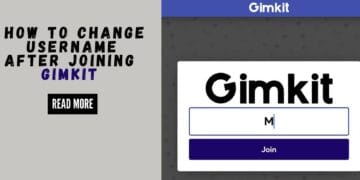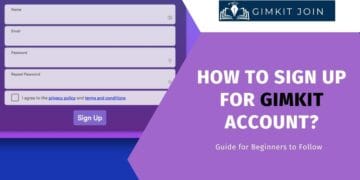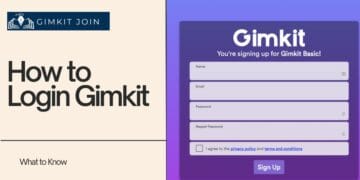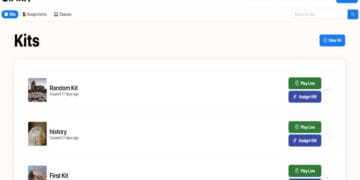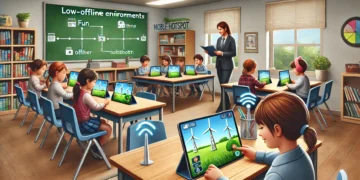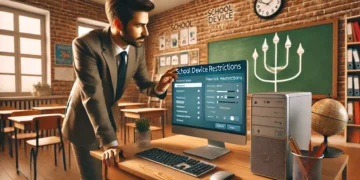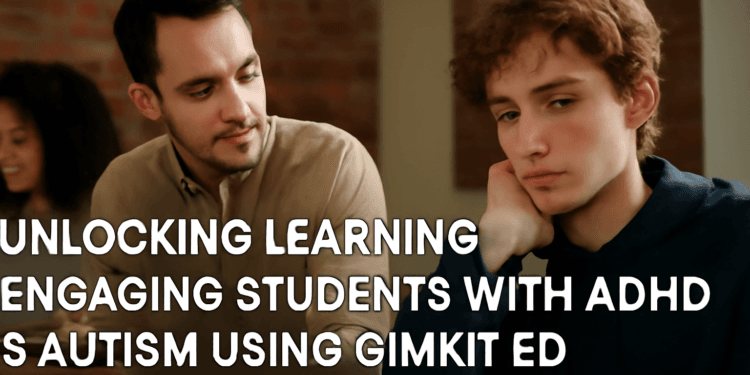Teaching students with different learning styles is a big part of what we do. Finding ways to connect with everyone can be tough. This is especially true in special education classrooms. Kids with ADHD and Autism Spectrum Disorder (ASD) have their own special ways of learning. We want to find tools that get them excited and help them learn best. Gimkit can be one of those tools. It is a fun, game-based learning platform. When we use it in smart ways, it can really help these students. Let’s look at some good ways to use Gimkit in special education for students with ADHD and autism.
Gimkit has lots of cool features. It can make learning feel like a game. This can be great for all students. But it can be extra helpful for students in special ed. We want to find ways to use Gimkit engagement techniques that work well for ADHD. We also need to think about Gimkit strategies for autism. This post will give you some ideas. It will help you think about adapting Gimkit for special education. We want to make learning fun and successful for everyone. To see its potential, you can explore the full range of Gimkit’s features.
Understanding Engagement for Students with ADHD and Autism
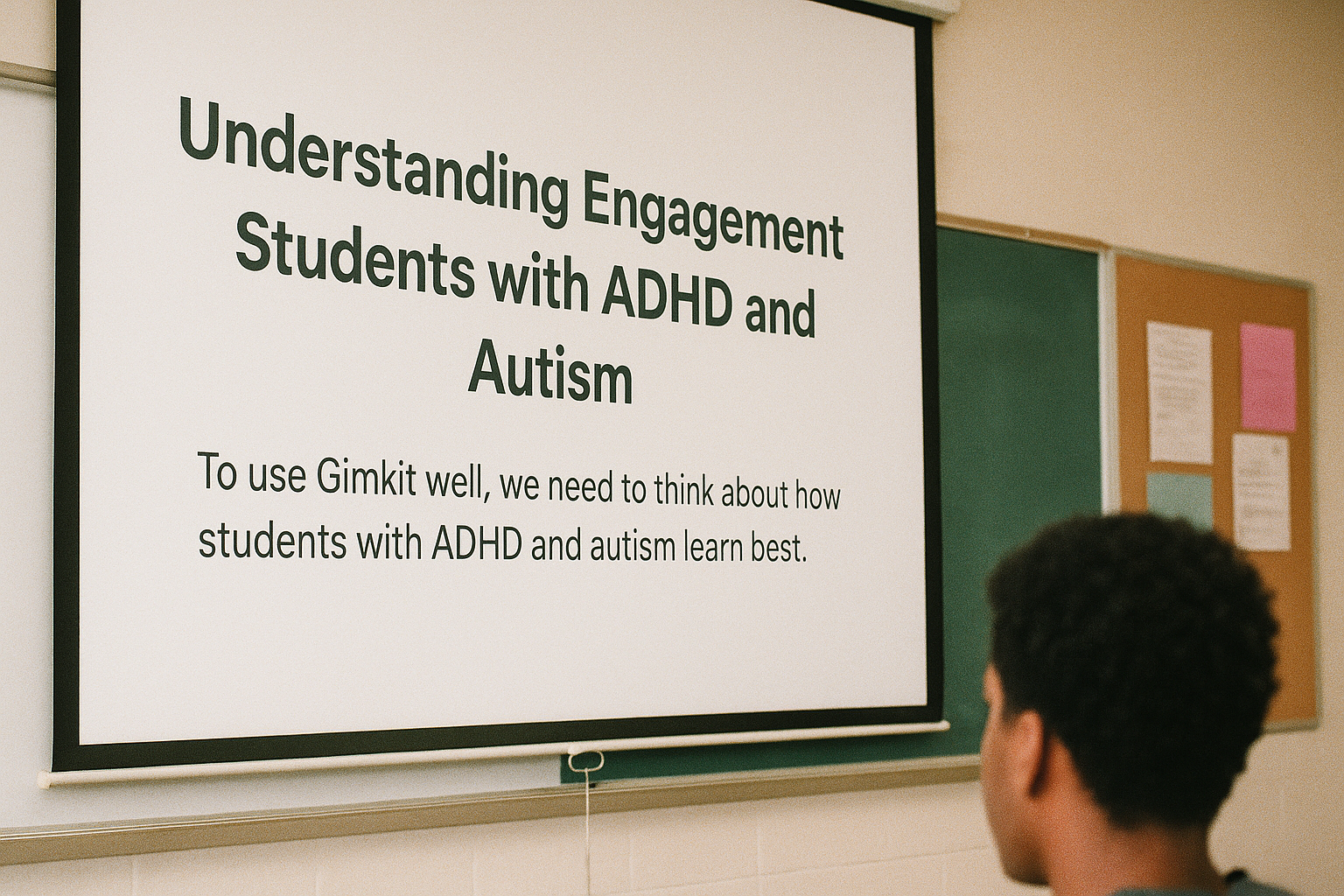 To use Gimkit well, we need to think about how students with ADHD and autism learn best.
To use Gimkit well, we need to think about how students with ADHD and autism learn best.
Engagement Strategies for Students with ADHD
 Kids with ADHD often have short attention spans. They like new things. They need to know right away if they got something right. They need clear goals. Things around them can easily distract them. Sometimes, moving around can help them focus. We need to keep these things in mind when we use Gimkit. You can explore effective strategies for engaging students with ADHD.
Kids with ADHD often have short attention spans. They like new things. They need to know right away if they got something right. They need clear goals. Things around them can easily distract them. Sometimes, moving around can help them focus. We need to keep these things in mind when we use Gimkit. You can explore effective strategies for engaging students with ADHD.
Engagement Strategies for Students with Autism Spectrum Disorder
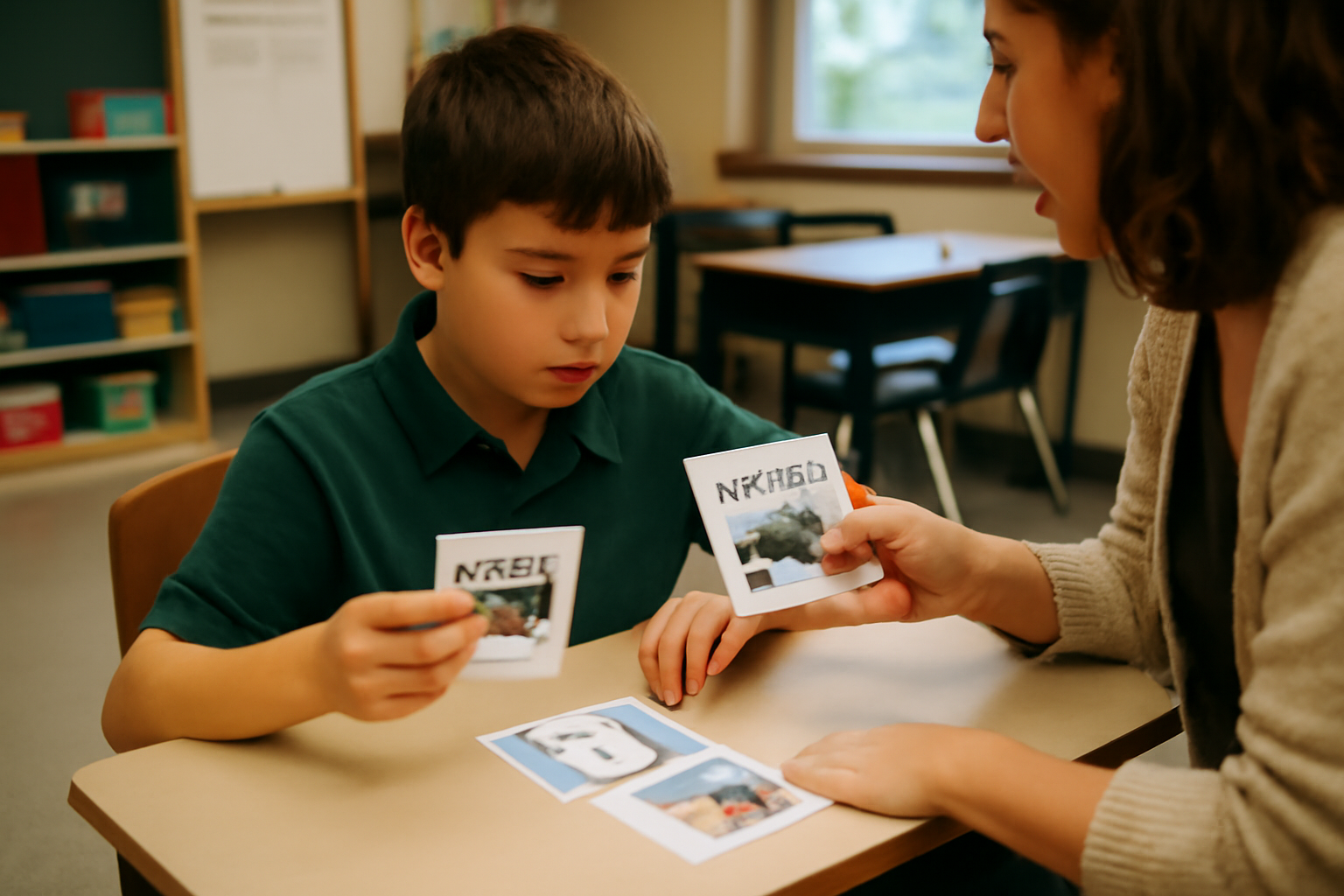 Students with Autism Spectrum Disorder often like things to be the same. They like to know what to expect. Pictures can help them understand. Instructions need to be clear and easy to follow. They might be very sensitive to sounds or lights. They often have things they are very interested in. We can use these interests to help them learn with Gimkit. You can discover techniques for engaging students with autism.
Students with Autism Spectrum Disorder often like things to be the same. They like to know what to expect. Pictures can help them understand. Instructions need to be clear and easy to follow. They might be very sensitive to sounds or lights. They often have things they are very interested in. We can use these interests to help them learn with Gimkit. You can discover techniques for engaging students with autism.
Gimkit Features and Adaptations for Enhanced Engagement
 Gimkit has some built-in things that can help. We can also change some settings to make it even better for our students.
Gimkit has some built-in things that can help. We can also change some settings to make it even better for our students.
Using Gimkit’s Gamification for Motivation
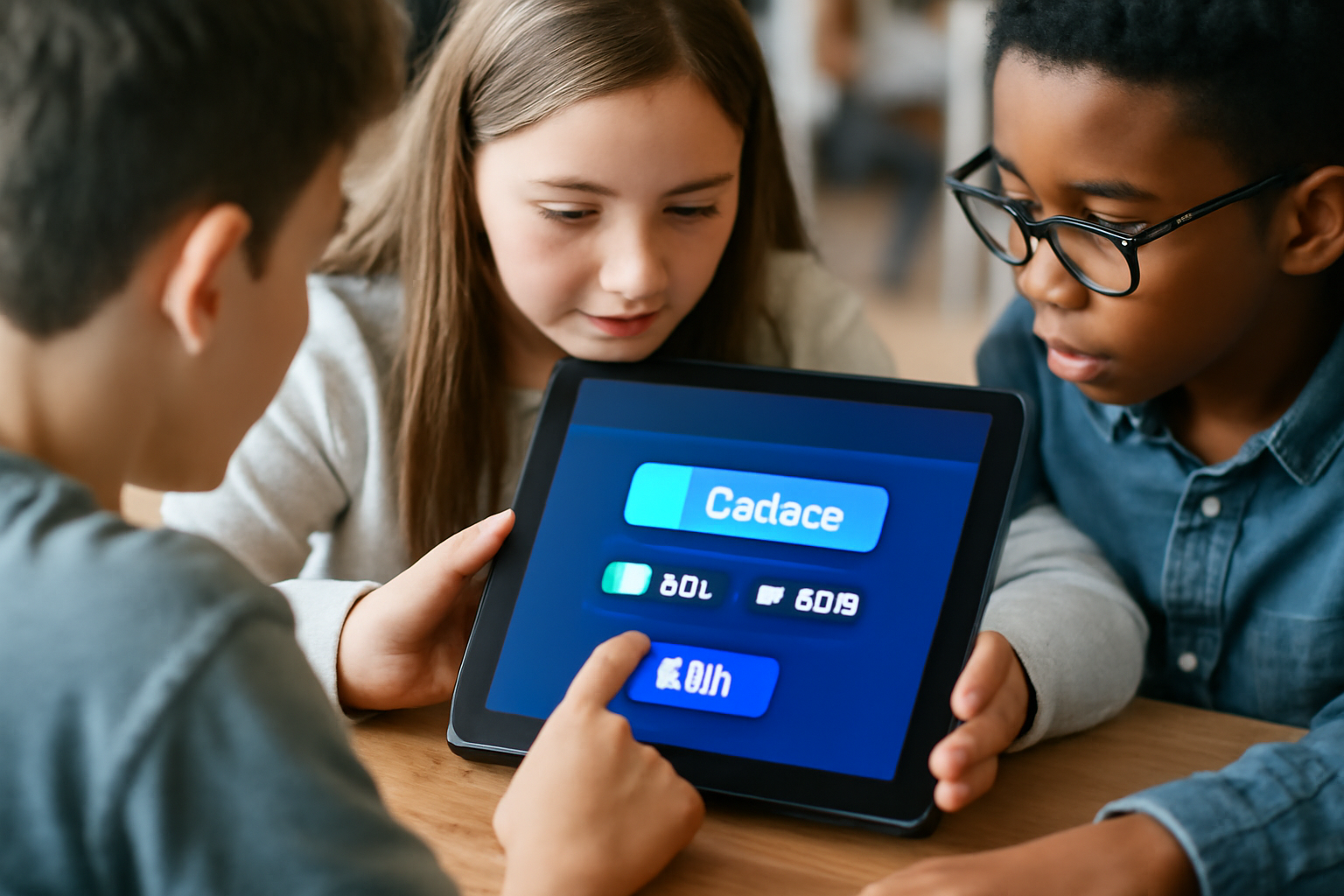 Gimkit gives points and in-game money. Students can buy things in the shop. This can make them want to play and learn. This is gamification for special needs students. But some students with autism might not like the competition. We can use game modes where they work together as a team. We can also set goals that are not about who wins.
Gimkit gives points and in-game money. Students can buy things in the shop. This can make them want to play and learn. This is gamification for special needs students. But some students with autism might not like the competition. We can use game modes where they work together as a team. We can also set goals that are not about who wins.
The Power of Immediate Feedback
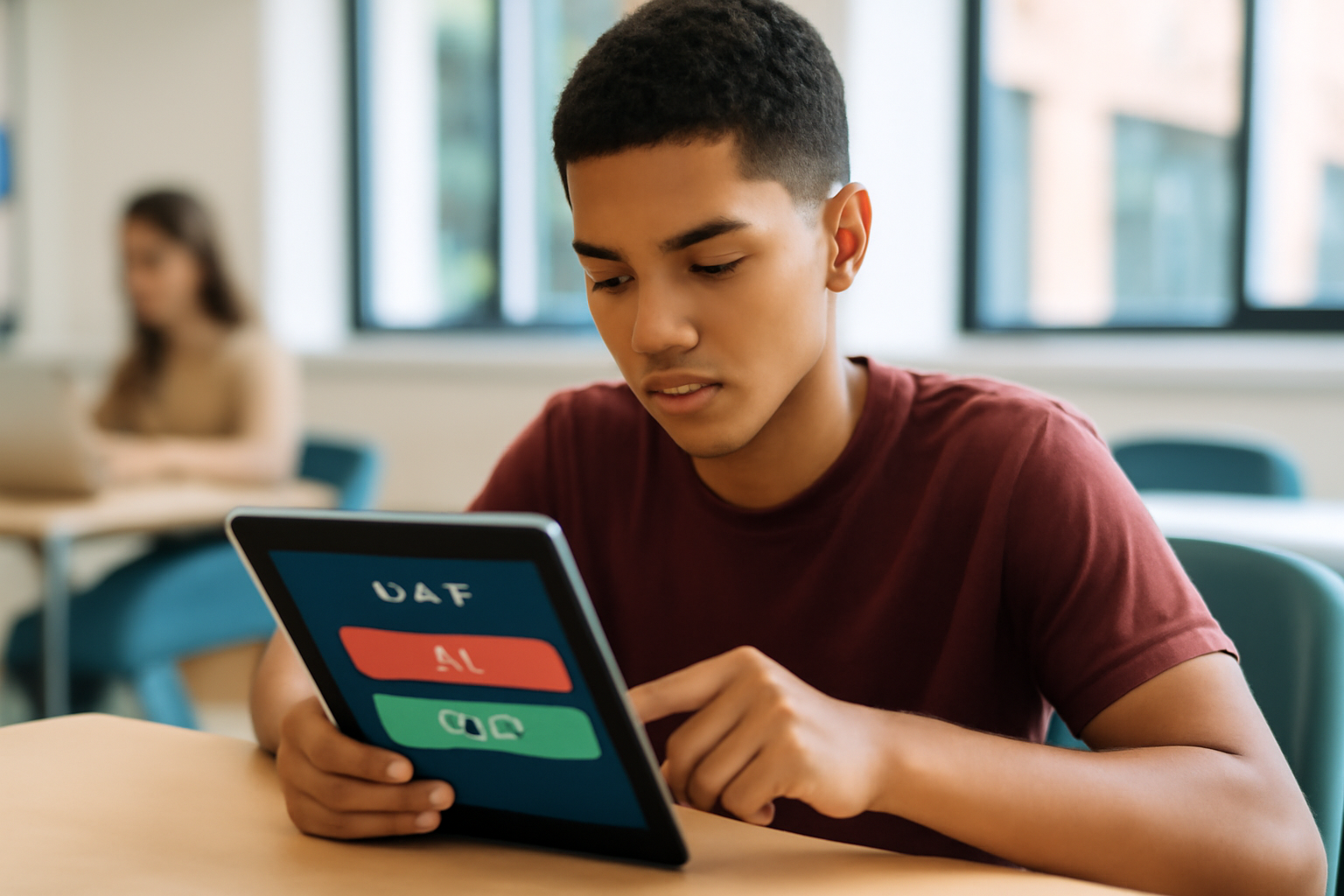 When students answer a question in Gimkit, they find out right away if they are right or wrong. This quick feedback is good for students with ADHD. It helps them learn quickly. It is also good for students with autism. It helps them see what they did correctly.
When students answer a question in Gimkit, they find out right away if they are right or wrong. This quick feedback is good for students with ADHD. It helps them learn quickly. It is also good for students with autism. It helps them see what they did correctly.
Pacing and Time Limits
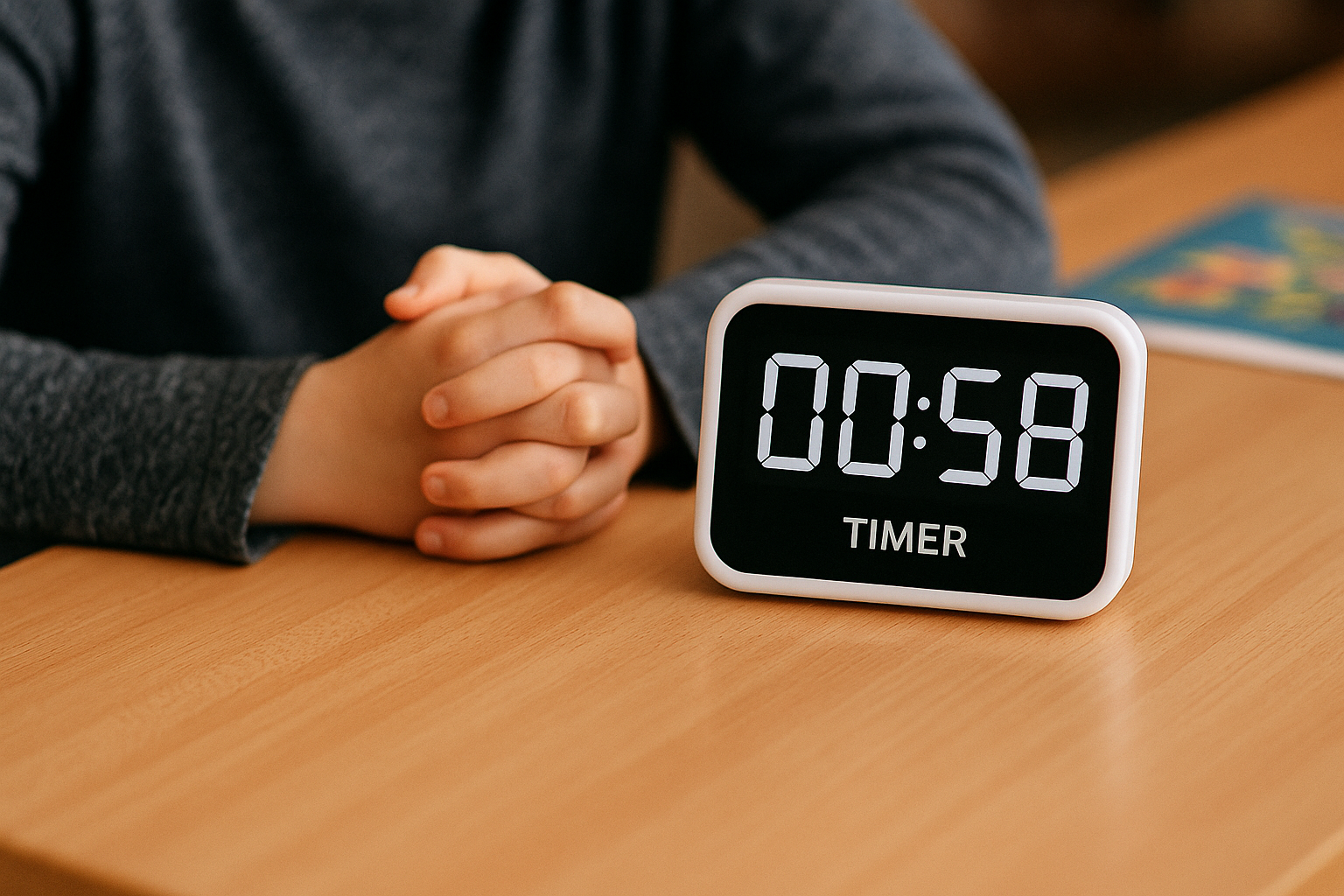 For students with ADHD, shorter games might be better. They might also need to take breaks. If Gimkit lets you pause the game, that can be helpful. We can also use the “Time Limit” setting in a way that works for them. For students with autism, knowing how long the game will last can be important. Clear timers can help them feel more comfortable.
For students with ADHD, shorter games might be better. They might also need to take breaks. If Gimkit lets you pause the game, that can be helpful. We can also use the “Time Limit” setting in a way that works for them. For students with autism, knowing how long the game will last can be important. Clear timers can help them feel more comfortable.
Visual Supports within Gimkit
 If Gimkit lets us use pictures for questions or answers, that can be really helpful. Visual supports in education are great for students with autism. Pictures can help them understand what is being asked.
If Gimkit lets us use pictures for questions or answers, that can be really helpful. Visual supports in education are great for students with autism. Pictures can help them understand what is being asked.
Repetition and Reinforcement
 Gimkit lets students practice the same things over and over in a fun way. This interactive learning for ADHD/autism can help them remember important information.
Gimkit lets students practice the same things over and over in a fun way. This interactive learning for ADHD/autism can help them remember important information.
Specific Gimkit Game Modes and Their Potential
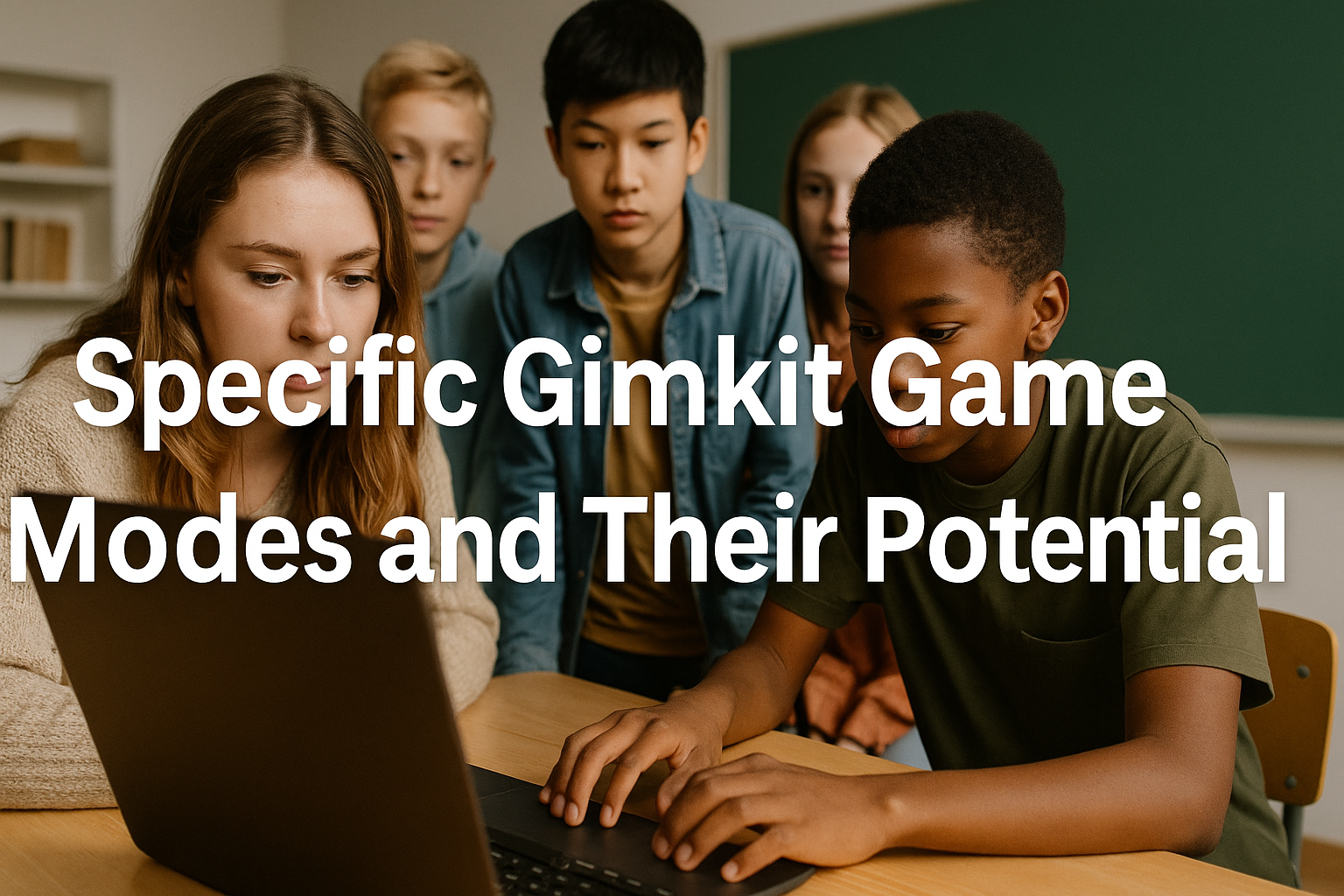 Some Gimkit game modes might work better than others for our students. You can discover the variety of game modes available.
Some Gimkit game modes might work better than others for our students. You can discover the variety of game modes available.
Classic Mode: Learning at Their Own Speed
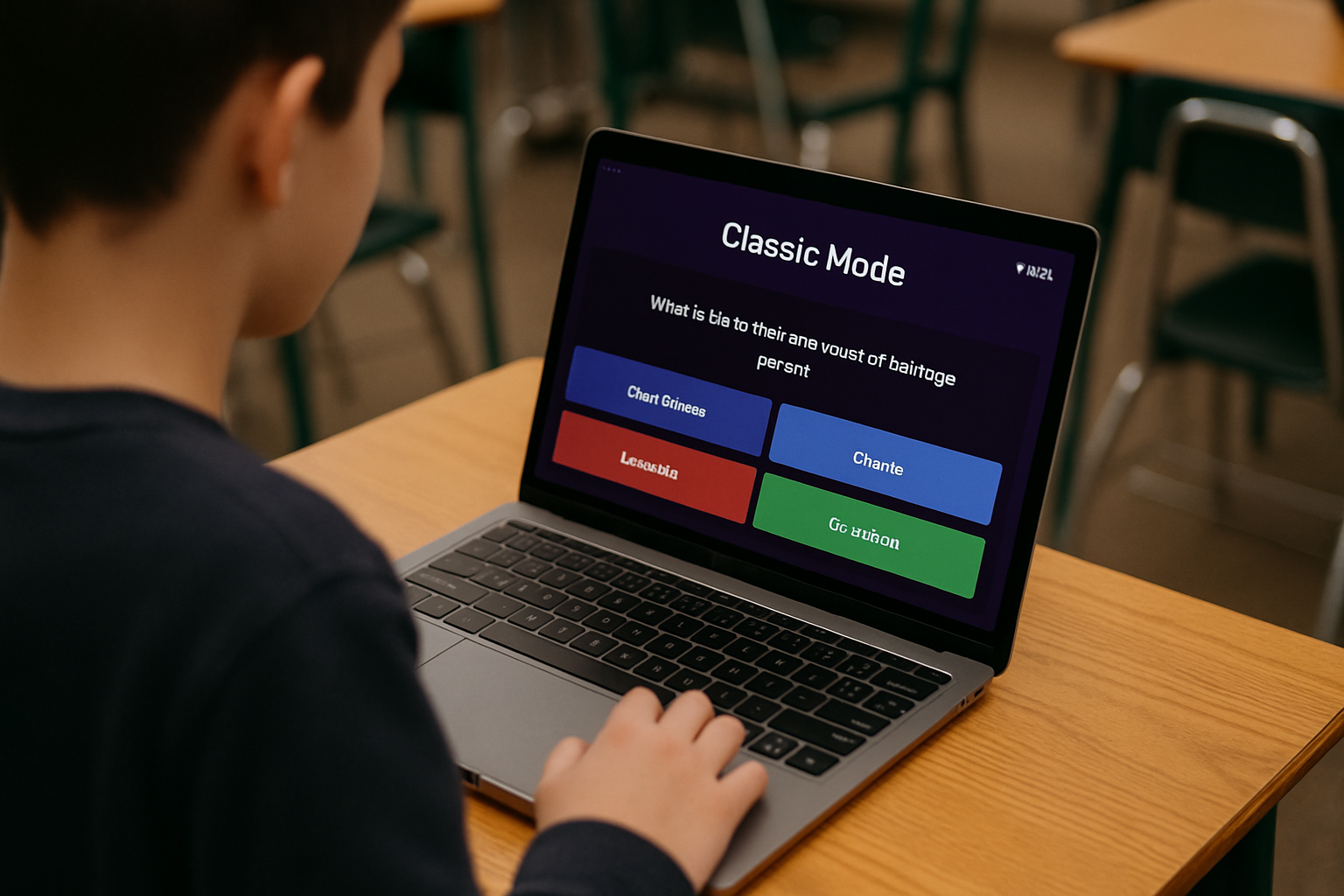 In Classic Mode, students answer questions by themselves. If Gimkit has a “Solo” option, that could be good. We can also change the goal. Maybe they only need to earn a small amount of money to finish. We can also give them more time if they need it. This can be a good way to modify Gimkit for special education needs.
In Classic Mode, students answer questions by themselves. If Gimkit has a “Solo” option, that could be good. We can also change the goal. Maybe they only need to earn a small amount of money to finish. We can also give them more time if they need it. This can be a good way to modify Gimkit for special education needs.
Team Mode: Working Together with Support
 In Team Mode, students work together. We can put students together who can help each other. Maybe an adult can also help the team. Working together towards a goal can take away some of the pressure of playing alone.
In Team Mode, students work together. We can put students together who can help each other. Maybe an adult can also help the team. Working together towards a goal can take away some of the pressure of playing alone.
Maybe a game mode like “The Floor is Lava” could work. We would need to make the rules very clear. We might also need to use pictures to show what to do.
Creating Custom Kits with Clear and Concise Questions
 When we make our own question sets in Gimkit, we need to use simple words. We should make our sentences short. We should break down big ideas into smaller parts. This will help all of our students understand the questions better.
When we make our own question sets in Gimkit, we need to use simple words. We should make our sentences short. We should break down big ideas into smaller parts. This will help all of our students understand the questions better.
Practical Engagement Techniques for Students with ADHD
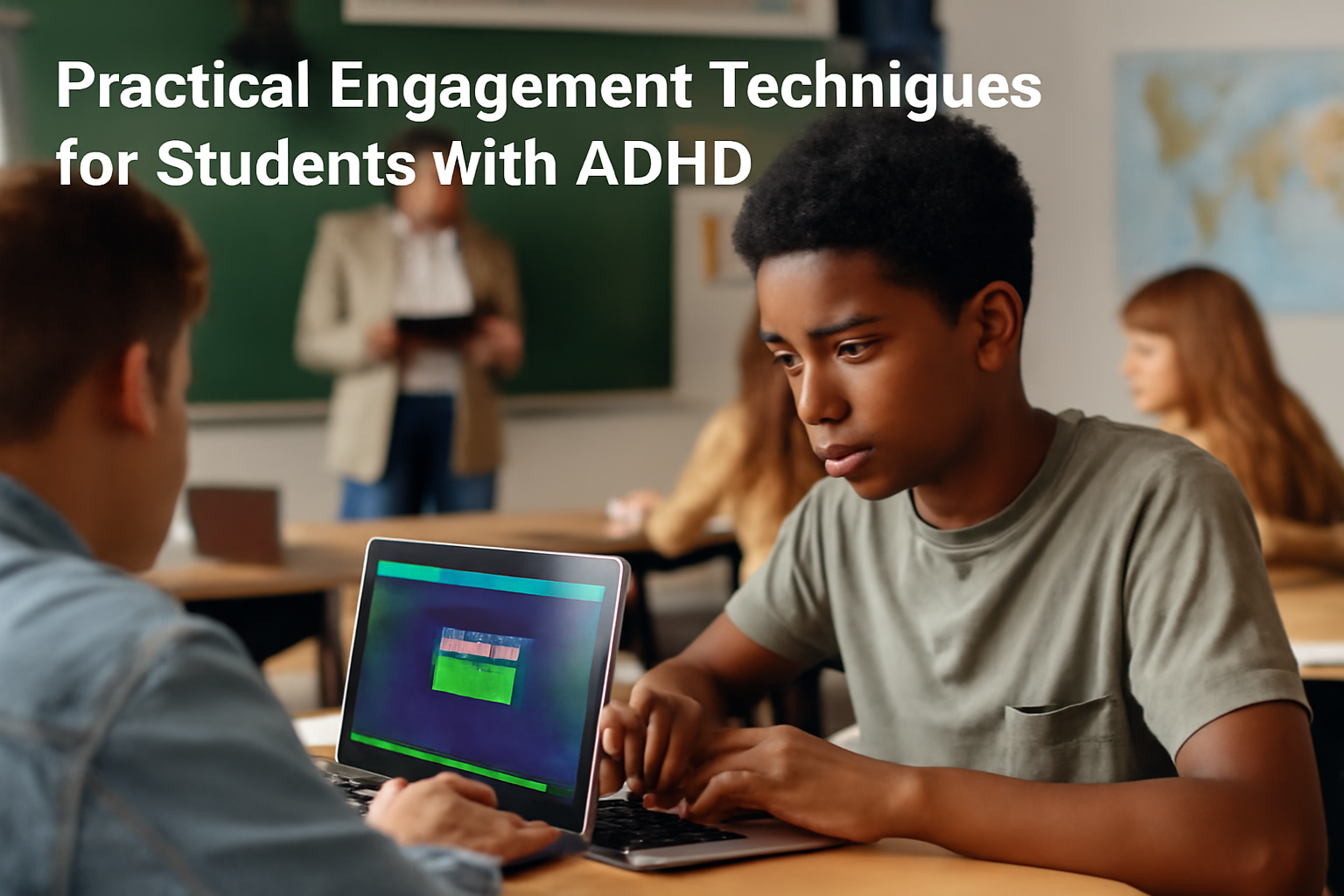 Here are some things we can do to help students with ADHD when using Gimkit:
Here are some things we can do to help students with ADHD when using Gimkit:
Short, Focused Game Sessions
 We can have shorter times for playing Gimkit. Maybe 10-15 minutes at a time. We can give them breaks in between.
We can have shorter times for playing Gimkit. Maybe 10-15 minutes at a time. We can give them breaks in between.
Clear Goals and Rewards
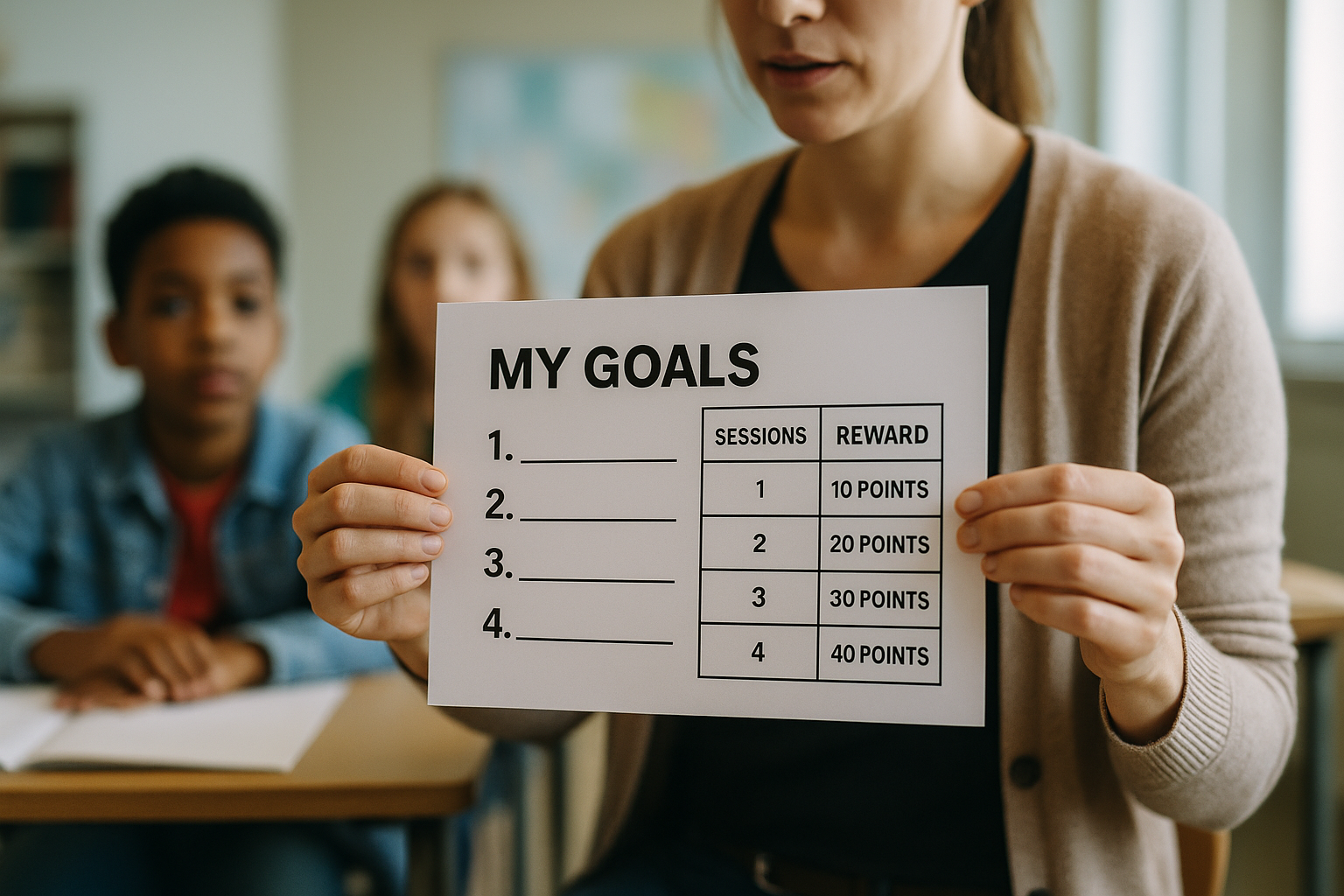 Make sure students know what they need to do in the game. We can also give them small rewards when they finish a session or reach a goal.
Make sure students know what they need to do in the game. We can also give them small rewards when they finish a session or reach a goal.
Opportunities for Movement (Outside of Gimkit)
 Before, during (if possible), or after playing Gimkit, we can let students move around. This can help them get their energy out and focus better.
Before, during (if possible), or after playing Gimkit, we can let students move around. This can help them get their energy out and focus better.
Minimize Distractions
 Try to have a quiet place for students to play Gimkit. Headphones can also help block out noise.
Try to have a quiet place for students to play Gimkit. Headphones can also help block out noise.
Individualized Goals and Modifications
 We need to remember that every student is different. We should change the Gimkit settings and goals to fit each student’s needs.
We need to remember that every student is different. We should change the Gimkit settings and goals to fit each student’s needs.
Practical Engagement Techniques for Students with Autism Spectrum Disorder
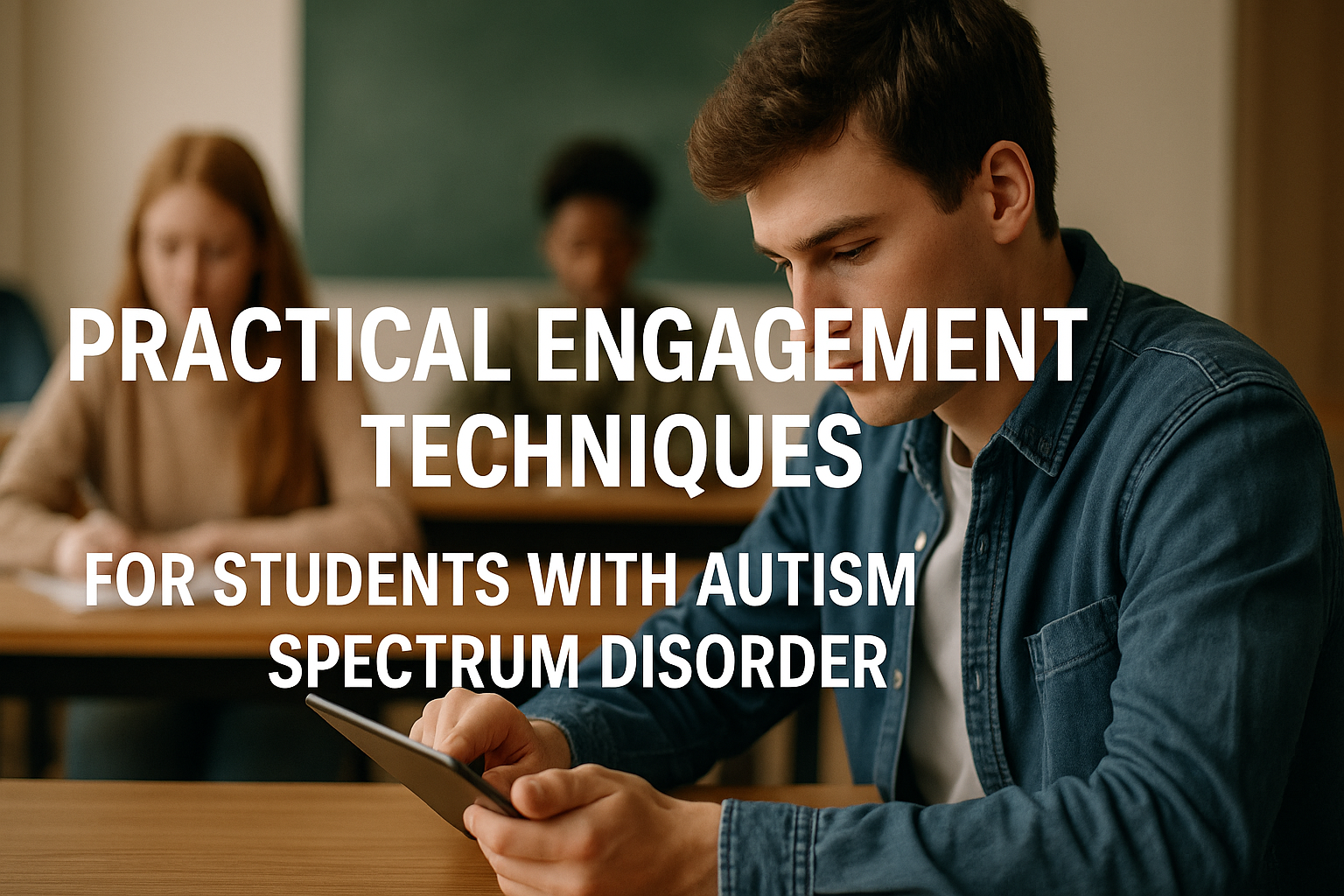 Here are some things we can do to help students with autism when using Gimkit:
Here are some things we can do to help students with autism when using Gimkit:
Predictable Routines and Clear Expectations
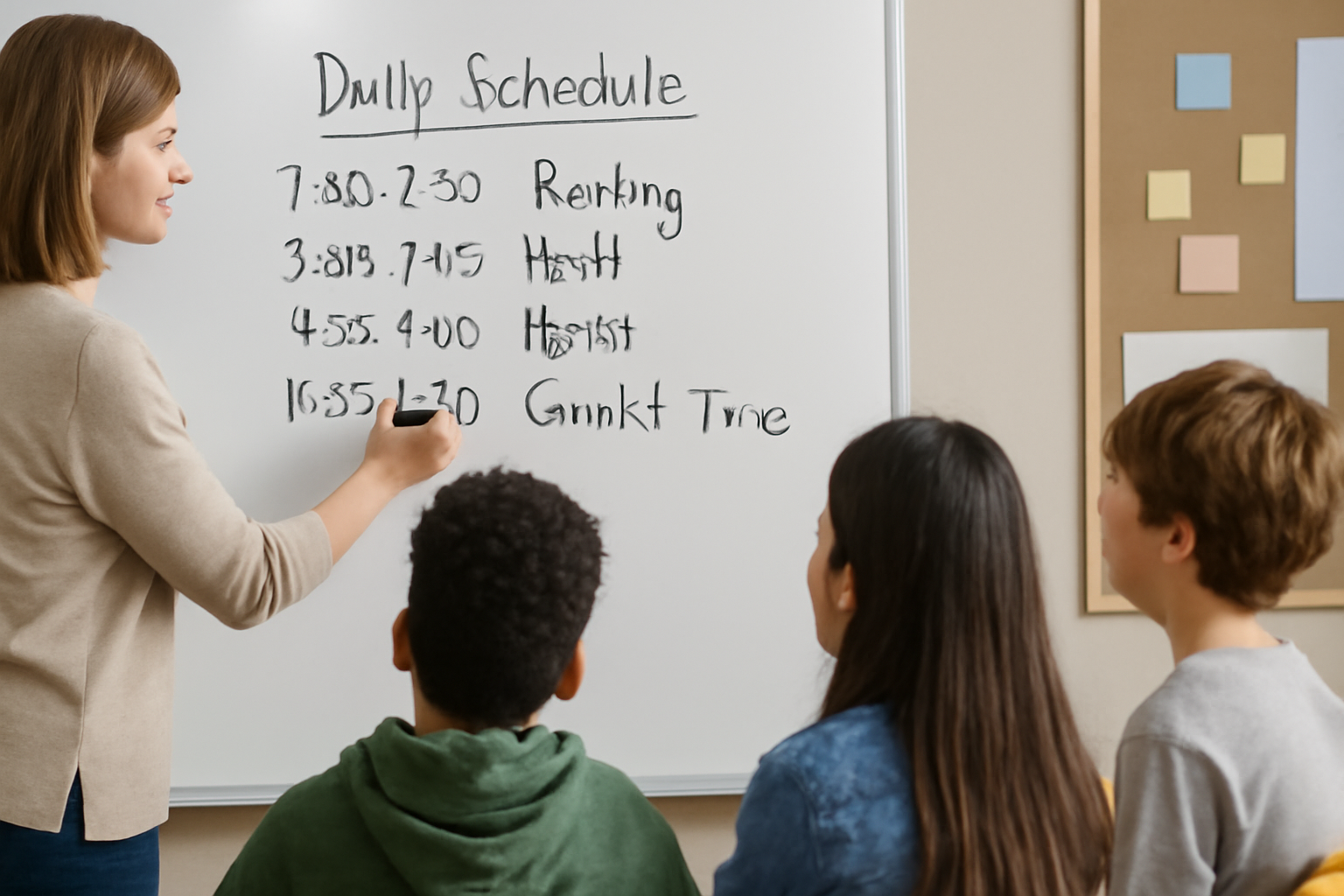 We should try to use Gimkit at the same time each day. We need to tell students what the rules are and what they will be doing before we start.
We should try to use Gimkit at the same time each day. We need to tell students what the rules are and what they will be doing before we start.
Visual Supports and Clear Instructions
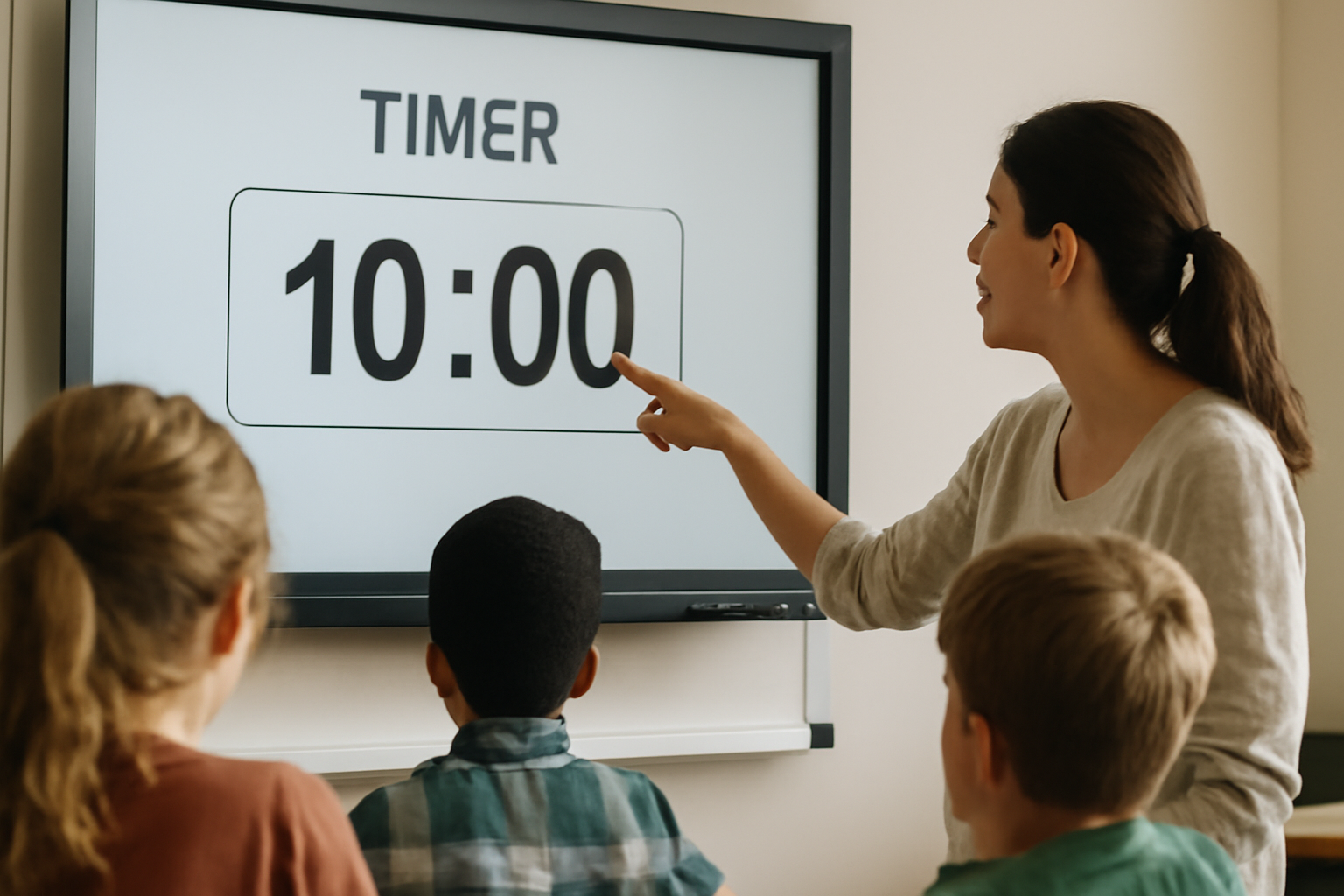 We can use timers that students can see. We can also use pictures to show what to do in the game. Our instructions should be short and easy to understand. Visual supports in education are very important.
We can use timers that students can see. We can also use pictures to show what to do in the game. Our instructions should be short and easy to understand. Visual supports in education are very important.
Options to Minimize Sensory Overload
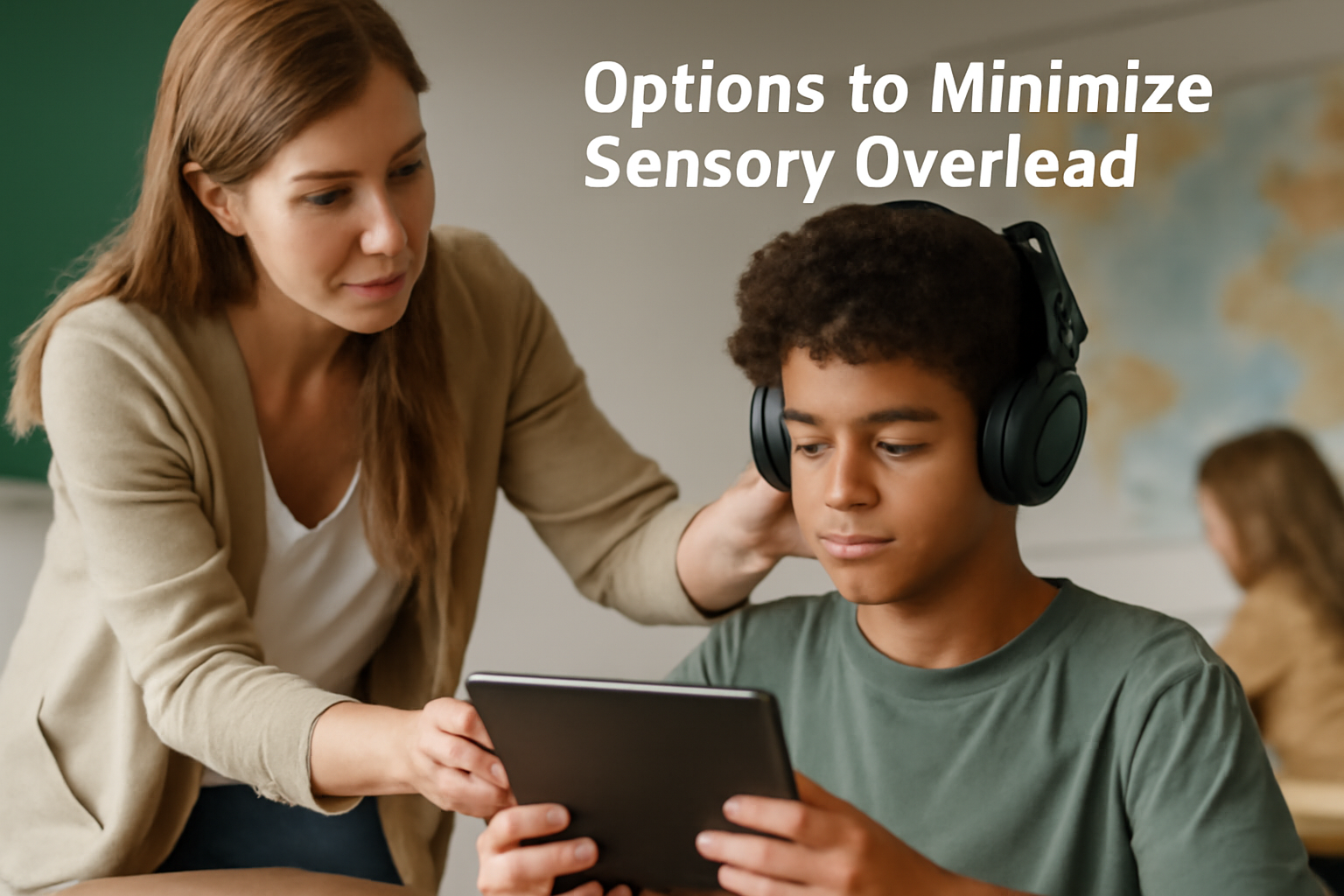 We need to think about sounds and lights. If a student is sensitive to sound, we can turn off the game sounds. We might also need to dim the screen if bright lights bother them. These are important sensory considerations in the classroom. You can learn more about sensory considerations in the classroom.
We need to think about sounds and lights. If a student is sensitive to sound, we can turn off the game sounds. We might also need to dim the screen if bright lights bother them. These are important sensory considerations in the classroom. You can learn more about sensory considerations in the classroom.
Focus on Interests
 If a student has something they really like, we can try to make a Gimkit game about that topic. This can make them more interested in playing.
If a student has something they really like, we can try to make a Gimkit game about that topic. This can make them more interested in playing.
Structured Gameplay and Predictable Outcomes
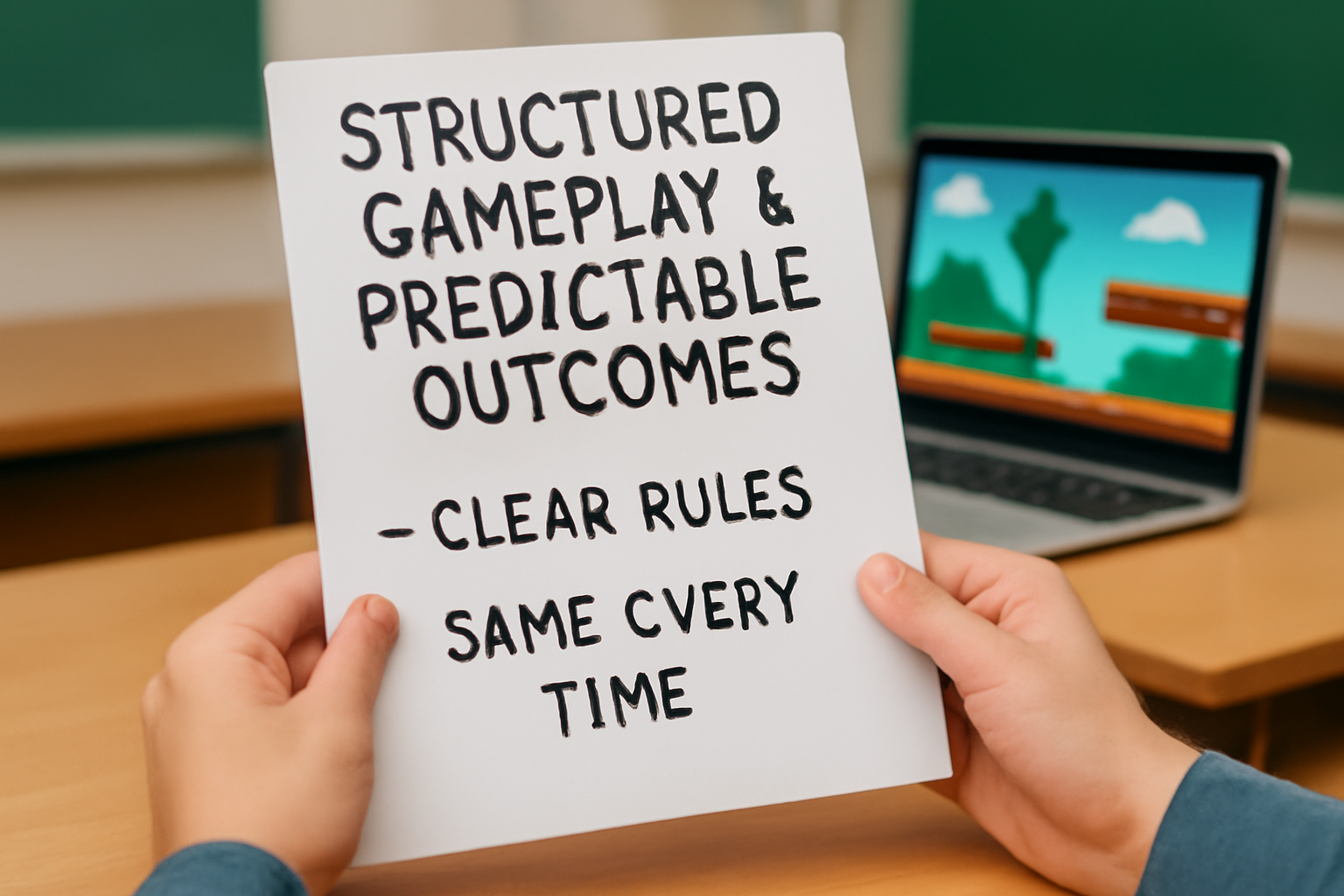 Some students with autism like games that have clear rules and that are the same every time. We can try to use Gimkit game modes like this. Structured learning activities can be very helpful.
Some students with autism like games that have clear rules and that are the same every time. We can try to use Gimkit game modes like this. Structured learning activities can be very helpful.
Benefits of Using Gimkit in Special Education
 Using Gimkit in special education can be helpful in many ways:
Using Gimkit in special education can be helpful in many ways:
- Increased Motivation and Participation
- Provides Immediate Feedback for Learning
- Offers Opportunities for Repetition and Reinforcement
- Can Be Adapted to Individual Needs
- Provides a Fun and Engaging Learning Experience
Tips for Special Education Teachers
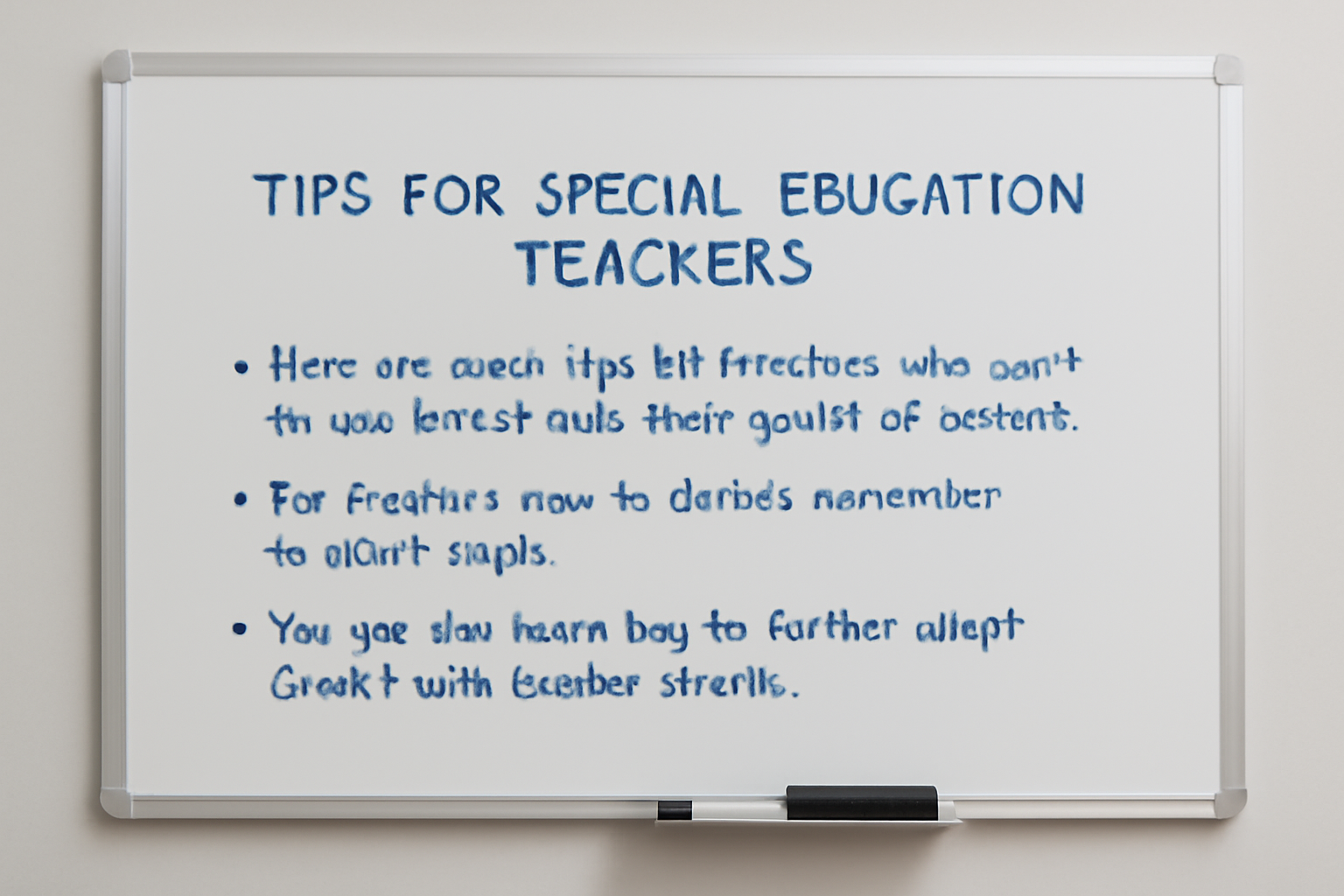 Here are some tips for teachers who want to use Gimkit with their special ed students. For teachers new to Gimkit, remember to start simple. You can also learn how to further adapt Gimkit with custom visuals.
Here are some tips for teachers who want to use Gimkit with their special ed students. For teachers new to Gimkit, remember to start simple. You can also learn how to further adapt Gimkit with custom visuals.
Talk to Other Helpers
 Talk to paraprofessionals and other specialists who work with your students. They might have good ideas too.
Talk to paraprofessionals and other specialists who work with your students. They might have good ideas too.
Start Slowly
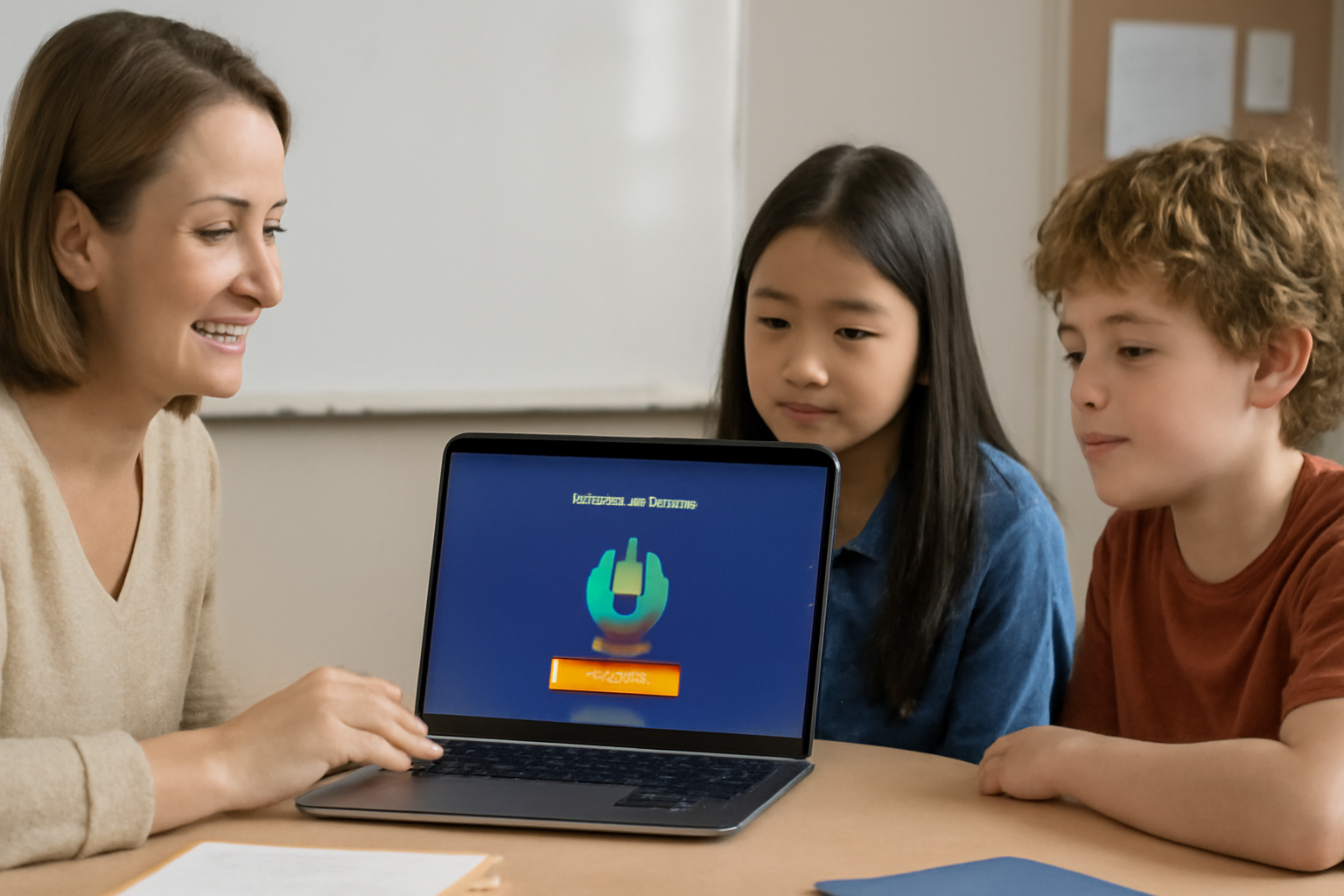 Do not try to do too much at once. Start with one game mode or one way to use Gimkit.
Do not try to do too much at once. Start with one game mode or one way to use Gimkit.
Use Pictures and Clear Directions
 Always use pictures and make sure your directions are easy to understand.
Always use pictures and make sure your directions are easy to understand.
Watch How Students Do and Change Things if Needed
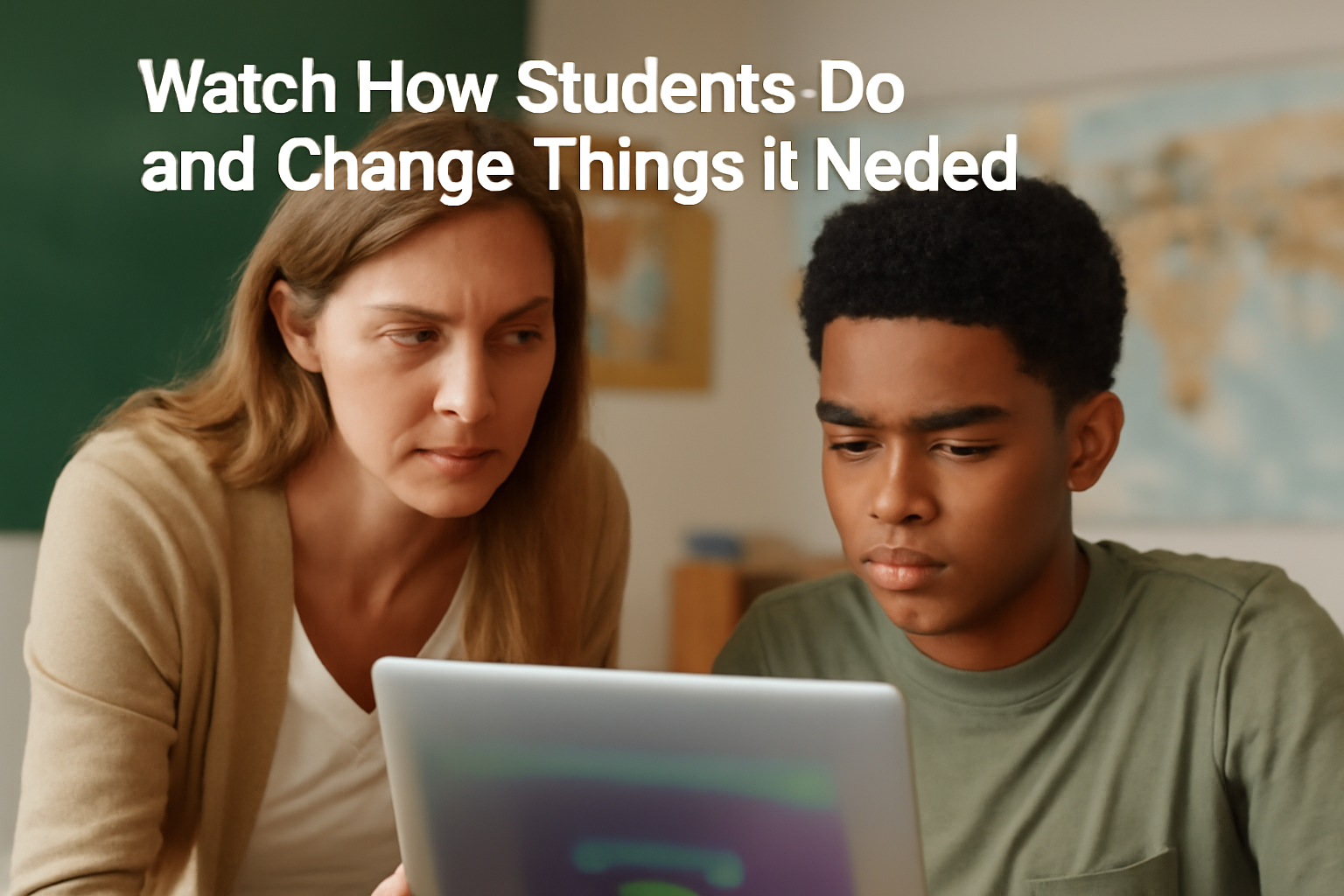 Pay attention to how your students are doing with Gimkit. If something is not working, try something different.
Pay attention to how your students are doing with Gimkit. If something is not working, try something different.
Celebrate When They Do Well
 Make sure to tell students when they do a good job. Focus on how much they are learning. You can read more about creating inclusive Gimkit games to ensure all students feel successful.
Make sure to tell students when they do a good job. Focus on how much they are learning. You can read more about creating inclusive Gimkit games to ensure all students feel successful.
Conclusion
 Gimkit can be a great tool for helping students with ADHD and autism learn. When we use it with good strategies and make changes to fit their needs, it can really help them connect with learning. Let’s try new things and find what works best for each of our students. We can make learning fun and accessible for everyone.
Gimkit can be a great tool for helping students with ADHD and autism learn. When we use it with good strategies and make changes to fit their needs, it can really help them connect with learning. Let’s try new things and find what works best for each of our students. We can make learning fun and accessible for everyone.
FAQs
Is Gimkit a good tool for students with ADHD and autism in special education?
Yes, with thoughtful modifications and strategies, Gimkit’s engaging and game-based format can be highly beneficial for these students. The key is to understand their individual needs and adapt the platform accordingly.
How can I use Gimkit to help students with ADHD who have short attention spans? Utilize shorter
game sessions, set clear and achievable goals, and incorporate movement breaks before or after gameplay. The immediate feedback in Gimkit can also help maintain focus during the activity.
How can I make Gimkit predictable for students with autism?
Establish a consistent routine for using Gimkit, clearly explain the rules and objectives beforehand, and use visual timers and schedules. Predictability can help reduce anxiety and increase participation.
How can I modify Gimkit for students with different learning needs in my special education classroom?
Adjust game goals, time limits, and potentially team configurations. Utilize visual supports for questions and instructions. Break down complex tasks into smaller steps within the game to accommodate various learning styles and abilities.
What if the competitive aspect of Gimkit is overwhelming for some of my students?
Opt for non-competitive game modes or focus on team-based goals where collaboration is emphasized over individual scores. You can also highlight personal improvement and effort rather than direct competition to create a more.
If you are a special education teacher who has used Gimkit with students who have ADHD or autism, please share your ideas in the comments below! What are some of your best Gimkit engagement techniques, ADHD, or Gimkit strategies for autism? Your tips can help other teachers, too!






